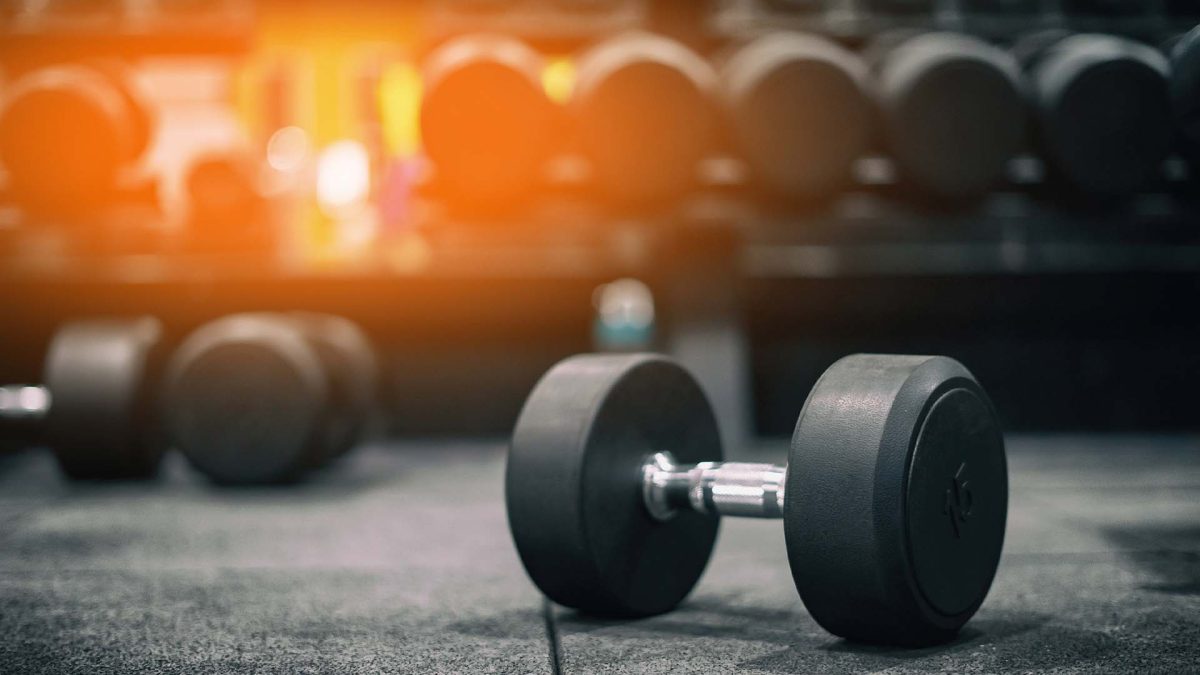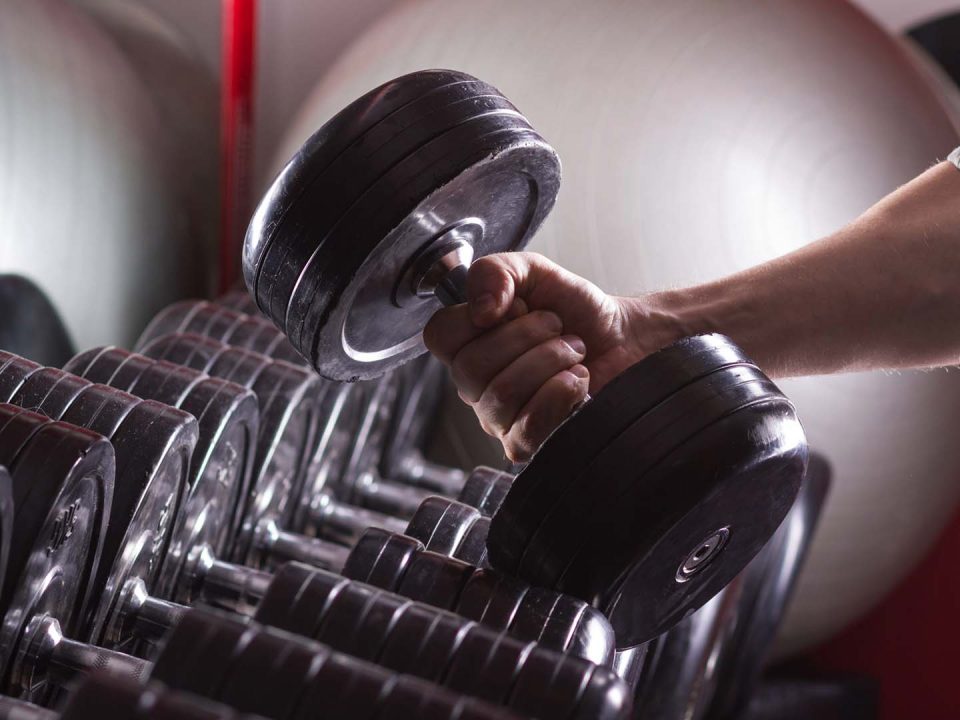Introduction
Ready to power up your fitness journey? Let's explore the world of strength training equipment together! Whether you're setting up a home gym or planning your workout routine, choosing the right equipment is crucial for reaching your fitness goals.
Think of strength training equipment as your trusted fitness partners. From traditional free weights to modern resistance bands, each piece serves a unique purpose in building strength and muscle. The right equipment can make your workouts more effective, safer, and enjoyable.
Today's fitness market offers more options than ever before. You'll find everything from simple dumbbells to high-tech machines, each designed to help you build strength in different ways. The key is finding what works best for your space, budget, and fitness goals.
Remember, great results don't always require fancy equipment. Sometimes, the simplest tools can deliver the most powerful results. Whether you're a beginner or an experienced lifter, understanding your equipment options will help you make smarter choices for your fitness journey.
Let's dive into the details of various strength training equipment options, so you can make informed decisions about what's best for your unique fitness path. Your perfect workout setup is waiting to be discovered!
[Sources referenced: Cleveland Clinic, Results Physiotherapy, T-Nation]
Free Weights vs. Machines
Let's break down the real story between free weights and machines to help you make the best choice for your fitness journey. Recent studies show that 90% of weightlifting injuries happen with free weights, often due to improper form or overconfidence. But don't let that scare you away – both options have their place in a solid workout routine.
Free weights shine in building functional strength and engaging multiple muscle groups at once. They're perfect for home gyms because they take up less space and give you more bang for your buck. Think about it – a single set of dumbbells can replace several bulky machines!
Machines offer a safer starting point for beginners. They guide your movement pattern and help you focus on specific muscles without worrying about balance. According to injury prevention research from Results Physiotherapy, machines significantly reduce the risk of crush injuries that sometimes happen with free weights.
Your experience level should guide your choice. If you're just starting out, try mixing both – use machines to build confidence and free weights to challenge yourself. More experienced lifters often prefer free weights for their versatility and real-world strength benefits, as noted by strength experts at T-Nation.
Remember, the best equipment choice is the one that helps you stay consistent and injury-free. Start with what feels comfortable, and gradually expand your comfort zone as you build strength and confidence.
Choosing Equipment for Home Gyms
Setting up a home gym doesn't have to break the bank or require a massive space. Start with the basics and build up gradually based on your fitness goals. A well-planned home gym begins with multi-purpose equipment that offers the most bang for your buck.
Consider starting with adjustable dumbbells - they're space-efficient and versatile. These compact alternatives to a full dumbbell set let you adjust weights quickly, perfect for progressive overload training. A sturdy workout bench comes next, serving as your foundation for various exercises.
Resistance bands are another smart addition. They're incredibly effective for muscle building and take up minimal space. Plus, you can easily combine them with other equipment to increase exercise variety. According to the Cleveland Clinic, resistance bands provide comparable strength gains to traditional weights while being more affordable and portable.
Don't forget about bodyweight exercise equipment. A pull-up bar and adjustable dip station can transform any doorway or corner into a complete upper body workout station. These basics allow you to perform compound movements that target multiple muscle groups simultaneously.
For flooring, invest in quality rubber mats. They protect your floors, reduce noise, and create a dedicated workout space. Start with a small area and expand as needed - even a 6x6 foot space can accommodate a effective workout station.
Remember to leave room for movement. Your home gym should have enough space for exercises like lunges and rows. Consider vertical storage solutions like wall-mounted racks to maximize floor space while keeping your equipment organized and accessible.
Sources:
Safety and Injury Prevention
Your safety matters more than any weight you'll ever lift. Let's break down how to stay injury-free while getting stronger. Research shows that 90% of weightlifting injuries happen with free weights, but don't let that scare you – proper technique is your best friend.
Start with lighter weights to master your form. Think of it like building a house – you need a solid foundation before adding more stories. Keep your movements controlled and focused. If you're unsure about proper form, consider working with a trainer for a few sessions.
Equipment maintenance plays a huge role in preventing accidents. Check your weights for loose parts before each workout. Look for signs of wear on cables and attachments. Clean your equipment regularly to prevent rust and damage.
Here are key prevention strategies that work:
- Always warm up your muscles before lifting
- Use proper footwear with good grip
- Keep weights organized and secured
- Never lift alone when trying maximum weights
- Listen to your body and rest when needed
Watch out for common warning signs. Sharp pain isn't normal – it's your body's way of saying stop. If something feels off, lower the weight or take a break. Remember, most injuries happen when you're tired or rushing.
For machine exercises, adjust the settings to fit your body before starting. Your joints should move naturally through their full range of motion. If something feels awkward, stop and readjust.
According to VBTcoach, proper form not only prevents injuries but also leads to better results. Take time to learn the basics, and you'll build a stronger, safer foundation for your fitness journey.
Conclusion
Your journey to strength training success starts with selecting the right equipment for your needs. Free weights offer versatility and functional strength development, but require careful attention to form and safety. Remember that 90% of weightlifting injuries occur with free weights, making proper technique crucial.
Resistance bands present an excellent alternative, delivering comparable strength gains to traditional equipment while offering unique benefits for muscle tension. They're perfect for beginners or those with limited space and budget. For home gyms, consider starting with adjustable dumbbells to maximize space efficiency and training options.
Whatever equipment you choose, focus on mastering proper form before increasing weights. Start with the basics and gradually expand your collection as your fitness journey progresses. The best equipment is the one you'll use consistently and safely.
Remember, successful strength training isn't about having the most expensive gear – it's about using what you have effectively and safely. Whether you prefer machines, free weights, or resistance bands, the key is to maintain proper form and progress at your own pace.
Additional Resources
Ready to dive deeper into your strength training journey? We've gathered the best resources to help you make informed decisions and stay safe while building strength.
Equipment Guides
The National Strength and Conditioning Association offers comprehensive guides on proper equipment selection and usage. Check out their equipment safety guidelines for detailed information about choosing and maintaining your gear.
Form and Technique
Perfect form is crucial for preventing injuries and maximizing results. ExRx.net provides a free exercise library with detailed breakdowns of proper form for hundreds of exercises. Their step-by-step tutorials cover everything from basic movements to advanced techniques.
Maintenance Tips
Keep your equipment in top shape with these essential maintenance resources:
Expert Recommendations
Looking for professional advice? These certified strength coaches share valuable insights:
- Mark Rippetoe's Starting Strength
- Alan Thrall's Equipment Reviews
- Jeff Nippard's Science-Based Training
Remember, investing time in learning proper technique and maintenance will help you build a safer, more effective training environment. These resources will guide you toward making informed decisions about your strength training journey.






